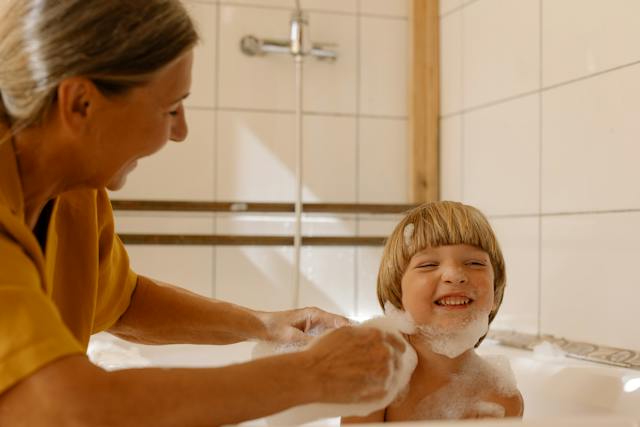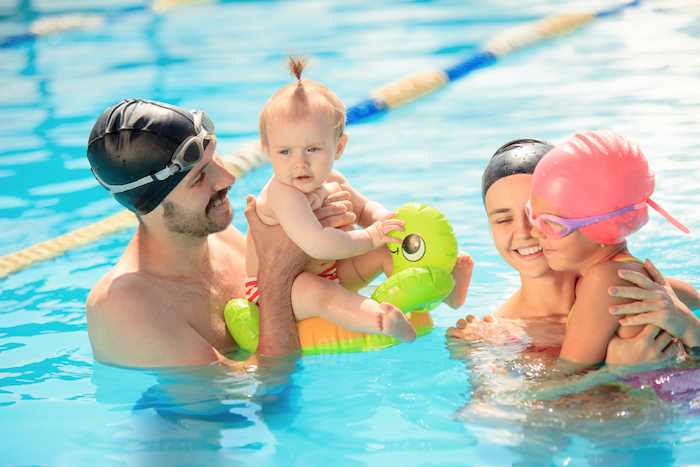Introduction:
In the journey of caring for our little ones, selecting the right baby bath formula becomes a
crucial decision.
The science behind these formulations goes beyond mere marketing claims.
In this article, we delve into the intricacies of pH balance, hypoallergenic properties, and
more, unlocking the mysteries that make baby bath products gentle and safe.
Understanding pH Balance:
The pH balance of baby bath formulas plays a pivotal role in maintaining the delicate skin
of infants.
Baby skin is more alkaline than adult skin, and using products with a pH level closer to
that of the skin helps preserve the natural protective barrier.
These balanced formulations prevent irritation and ensure a nurturing bath experience for
your baby.
Hypoallergenic Properties:
The term “hypoallergenic” is more than a buzzword; it’s a commitment to safety.
Baby bath formulas labeled as hypoallergenic undergo rigorous testing to minimize the
risk of allergic reactions.
Ingredients are carefully chosen to be gentle on sensitive skin, reducing the likelihood of
irritation.
Parents can trust these formulations to provide a soothing bath without compromising on
safety.
Gentle Cleansing Agents:
The science behind baby bath formulas involves selecting gentle cleansing agents that
effectively cleanse without stripping away natural oils.
Ingredients like chamomile, calendula, and aloe vera are often incorporated for their
calming and moisturizing properties.
These botanical wonders contribute to the overall well-being of your baby’s skin.
Dermatologist-Tested Assurance:
To ensure the highest standards of safety, reputable baby bath formulas undergo
dermatologist testing.
These tests evaluate the compatibility of the product with various skin types, assuring
parents that the formulation has been scrutinized by experts in the field.
Choosing dermatologist-tested products provides an extra layer of confidence in the care
routine for your baby.
Fragrance Considerations:
While the scent of baby products can be delightful, it’s essential to consider the source of
fragrance.
Opting for formulas with naturally derived scents or those labeled as fragrance-free
minimizes the risk of skin irritation.
The science behind these choices involves selecting aromatic components that are gentle
and unlikely to trigger sensitivities.
Conclusion:
Selecting the right baby bath formula involves understanding the science behind pH
balance, hypoallergenic properties, and the careful selection of ingredients.
As parents, ensuring that your little one’s bath routine is supported by well-researched
formulations contributes to a happy and healthy start in life.
By prioritizing the science behind baby care products, you can make informed choices that
nurture your baby’s delicate skin with the love and care it deserves.











